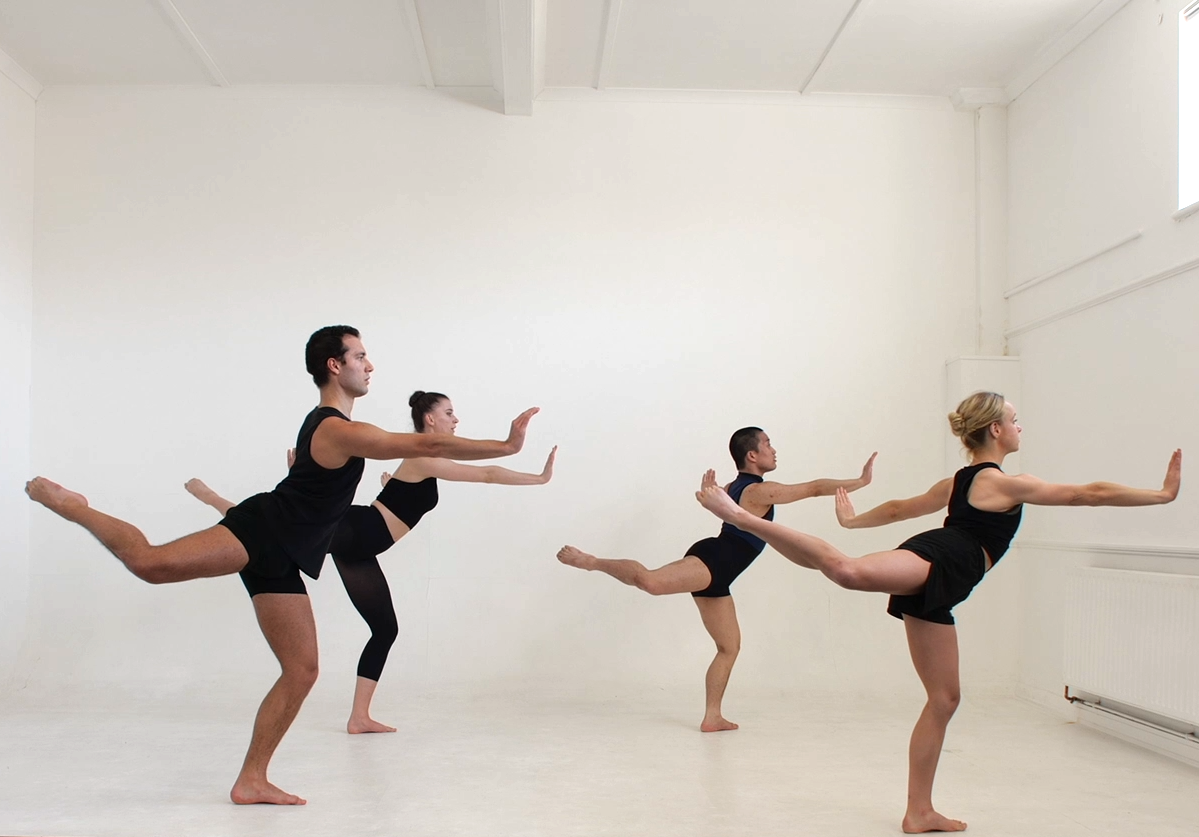Ballet is a beautiful and graceful form of dance that requires precision and control of movements. One of the important techniques in ballet is mastering the art of alternating side movements. This skill not only enhances the dancer’s agility and flexibility but also adds a dynamic element to their performance.
Alternating side movements involve shifting the body weight from one side to the other while maintaining balance and poise. This technique is commonly seen in ballet routines such as pirouettes, arabesques, and grand jetés. It requires a strong core, proper alignment, and coordination to execute the movements seamlessly.
Understanding Alternating Side Movements in Ballet
When performing alternating side movements in ballet, it is essential to engage the core muscles to stabilize the body and maintain proper alignment. The dancer must focus on shifting their weight from one leg to the other while keeping their hips square and shoulders level. This creates a fluid and elegant transition between movements.
Furthermore, alternating side movements in ballet require flexibility in the hips, legs, and ankles to achieve a full range of motion. Stretching exercises and warm-up routines are crucial in preparing the body for these dynamic movements. By improving flexibility, dancers can execute intricate combinations with precision and grace.
Another key element in mastering alternating side movements is practicing coordination and timing. Ballet dancers must be able to synchronize their movements with the music and their fellow dancers to create a cohesive and harmonious performance. By rehearsing diligently and paying attention to detail, dancers can perfect their timing and execution of complex side movements.
In addition, incorporating variations of alternating side movements into ballet routines can add depth and dimension to the choreography. By combining different steps and movements, dancers can create visually captivating sequences that showcase their skill and artistry. Alternating side movements also allow dancers to express emotion and storytelling through their movements, adding a dramatic flair to their performances.
In conclusion, mastering the art of alternating side movements in ballet requires dedication, discipline, and practice. By focusing on core strength, flexibility, coordination, and creativity, dancers can elevate their performances and captivate audiences with their skill and artistry. With perseverance and passion, dancers can continue to push the boundaries of ballet and explore new possibilities in movement and expression.
